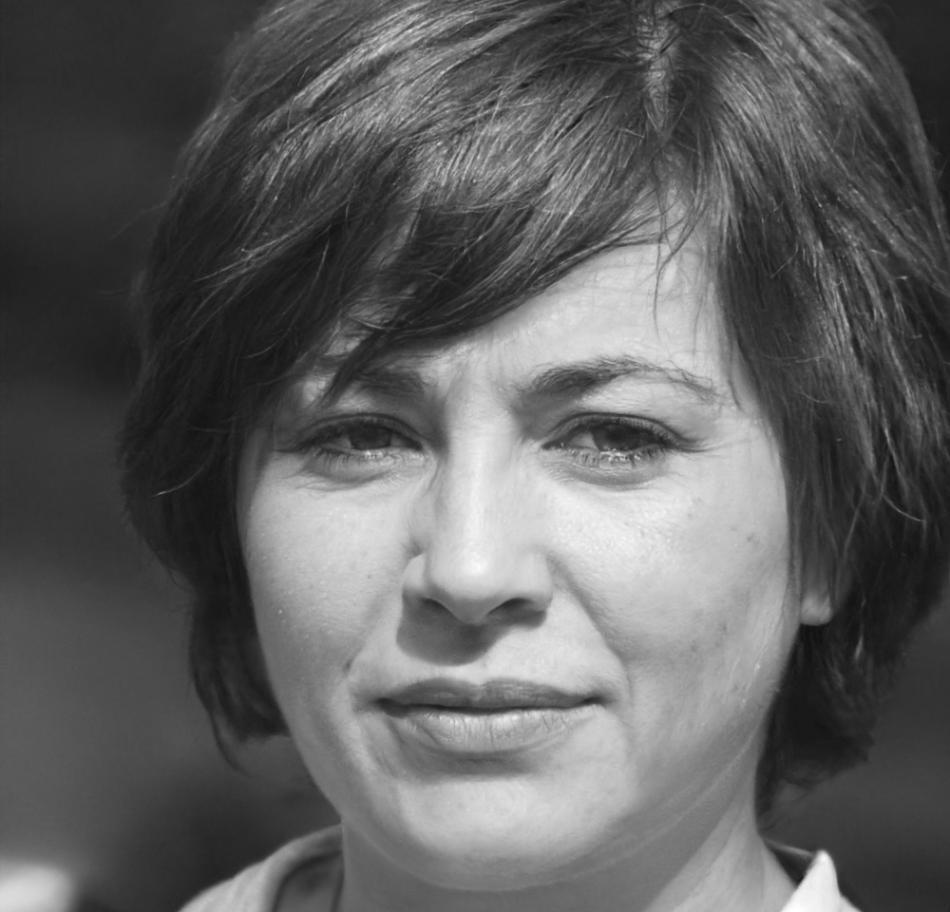What We Actually Cover in Sessions
Our curriculum developed after years of seeing where people struggle most with financial analysis. It's not always the complex calculations—often it's knowing which numbers to look at first.
Starting autumn 2025, we're structuring the programme around these core areas:
- Reading cash flow patterns and identifying liquidity concerns before they become critical
- Comparing ratios across industry benchmarks while accounting for business model differences
- Building sensitivity models that show how changes in assumptions affect projections
- Recognising red flags in financial statements that deserve further investigation
- Communicating findings to stakeholders who may not have financial backgrounds
Sessions run for eight months with both group discussions and individual practice exercises. We keep cohorts small because the most valuable learning happens when you can ask specific questions about scenarios you're actually encountering.



